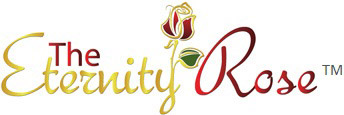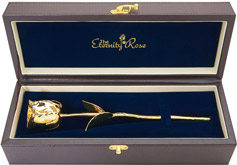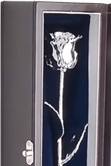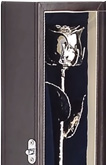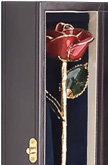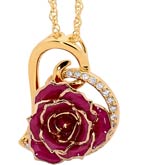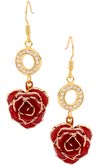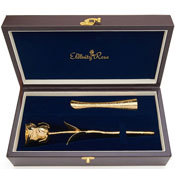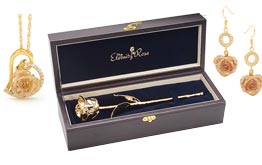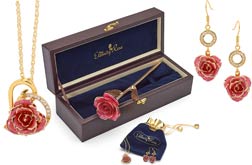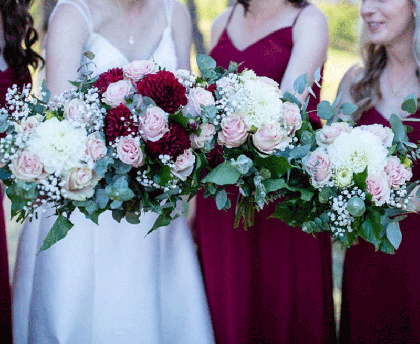How to Choose Wedding Blooms with Symbolic Meaning
Weddings are more than the joining of two individuals; they're a blend of traditions, emotions, and symbolic elements. Flowers play a special role in this blend, serving not merely as decorations, but as carriers of depth and significance, enriching the overall experience. This guide will walk you through selecting wedding blooms that are not only visually appealing, but filled with meaning that resonates beyond their beauty.
Understanding the Language of Flowers
The language of flowers, or floriography, dates back to the Victorian era when flowers were used as a medium to convey emotions and messages. Each flower and its color represents different sentiments. For instance, roses symbolize love, whereas lilies represent purity and elegance. Understanding this language is the first step in choosing blooms that align with the sentiments you wish to express on your wedding day.
Roses: The Quintessence of Love
Roses are synonymous with love and passion. Each color holds a specific meaning:
Roses are emblematic of love and romance, with each hue conveying a distinct message:
- Red roses express profound love, passion and respect.
- White roses stand for innocence and purity.
- Yellow roses are a symbol of joy and friendship.
- Pink roses communicate admiration and gratitude.
- Orange roses evoke enthusiasm and desire.
- Purple roses signify enchantment and a sense of majesty.
- Green roses reflect growth and renewal.
- Black roses, though not naturally black, often symbolize farewell or the end of something, making them intriguing yet less common in traditional celebrations.
- Blue roses, achieved through dyeing, represent mystery and the unattainable, inviting intrigue into the palette of emotions.
Lilies: Purity and Majesty
Lilies are another popular wedding choice, known for their majestic form and fragrance. They symbolize purity and refined beauty. The white lily, in particular, represents chastity and virtue, making it an ideal choice for traditional weddings.
Peonies: Prosperity and Good Fortune
Peonies, with their lush and full blooms, represent romance and prosperity. They are often used to wish the couple a happy marriage filled with wealth and good fortune. The various shades of pink and red in peonies can also add a touch of romance and passion to the floral arrangements.
Seasonal Considerations
Selecting flowers that are in season during your wedding not only ensures the best quality and affordability, but also connects your ceremony to the time of year. Each season offers its unique blooms:
Spring
Spring weddings can feature tulips (representing love and happiness), hyacinths (symbolizing constancy), or cherry blossoms (signifying new beginnings).
Summer
Summer celebrations can include sunflowers (for adoration and longevity), lavender (representing devotion), or daisies (symbolizing innocence and purity).
Autumn
Autumn weddings can be adorned with marigolds (symbolizing passion and creativity), dahlias (representing commitment and an everlasting bond), or chrysanthemums (denoting joy and optimism).
Winter
For winter weddings, consider amaryllis (signifying splendid beauty), holly (representing domestic happiness), or poinsettias (known for good cheer).
Personal Significance
Sometimes, the best choice of flower is one that holds personal significance to you or your partner. It could be the first flower you received from your partner, a bloom that grows in your family garden, or a flower from a place you both love. These personal touches make your wedding uniquely yours and infuse it with heartfelt symbolism.
Integration with the Entire Wedding Celebration
Your chosen flowers should seamlessly integrate with other elements of your wedding, such as the venue, dresses, and overall theme. For instance, a beach wedding might benefit from tropical flowers like orchids (symbolizing love and beauty), while a rustic countryside wedding might be complemented by wildflowers (representing happiness and spontaneity).
Here are some other aspects of the wedding celebration to consider:
Bride's Bouquet
The bride's bouquet is a centerpiece of her ensemble, a personal statement that complements her dress and reflects her personality. Consider flowers with personal significance – perhaps the first flower your partner ever gave you, or a bloom that's been in your family weddings for generations. For a touch of tradition, roses (love) and lilies (purity) are classic choices, while peonies (good fortune) and hydrangeas (heartfelt emotions) add a modern twist.
Bridesmaids' Bouquets
Bridesmaids' bouquets should complement the bride's bouquet while aligning with the wedding theme. Opt for smaller, simpler versions of the bride's bouquet or choose a single type of flower that echoes a theme in the bride's arrangement. For example, if the bride's bouquet features roses, bridesmaids could carry a simple bouquet of baby's breath (innocence) or lavender (devotion), or even a single Eternity Rose which is a real rose that has been preserved to last a lifetime.
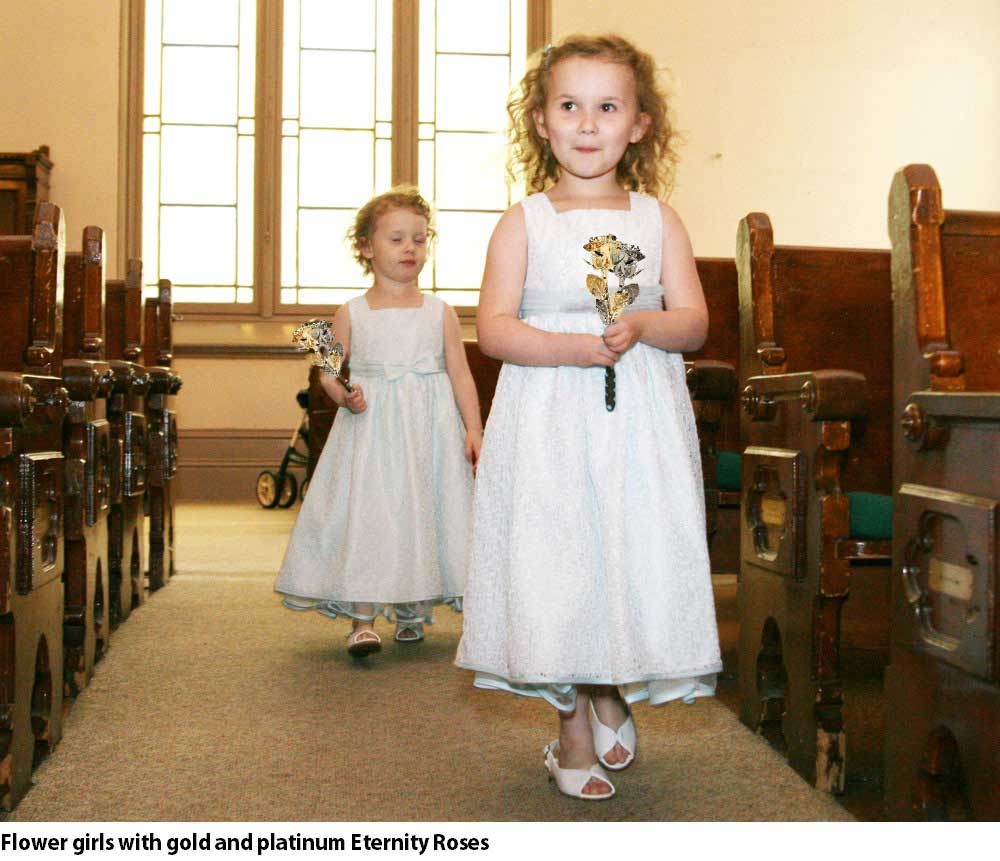
Groom and Groomsmen Lapel Flowers
The groom's and groomsmen's lapel flowers (boutonnieres) should complement the bridal bouquets but also stand out on their own. Typically, these are a single bloom or a small cluster. The groom's boutonniere might feature a flower from the bride's bouquet, symbolizing unity, while groomsmen could have a similar but simpler version.
Ceremony Venue
Flowers at the ceremony venue set the tone for the entire event. For a church, consider arrangements that complement its architecture – lilies and white roses for a classic, elegant look. For outdoor venues, integrate local flora to harmonize with the natural setting. Floral arches or garlands can create a picturesque focal point for the exchange of vows.
Reception and Tables
The reception is where you can really play with floral arrangements to create the desired atmosphere. Table centerpieces should be conversation-friendly in height and complement the overall color scheme. Consider a mix of high and low arrangements for visual interest. Incorporating flowers like chrysanthemums (happiness) and sunflowers (adoration) can add warmth and joy to the setting. Also consider adding Gold-Dipped Eternity Roses to the reception table as a symbolism of eternal love, and a keepsake of the special day that the bride and groom can have forever on display in their marital home.
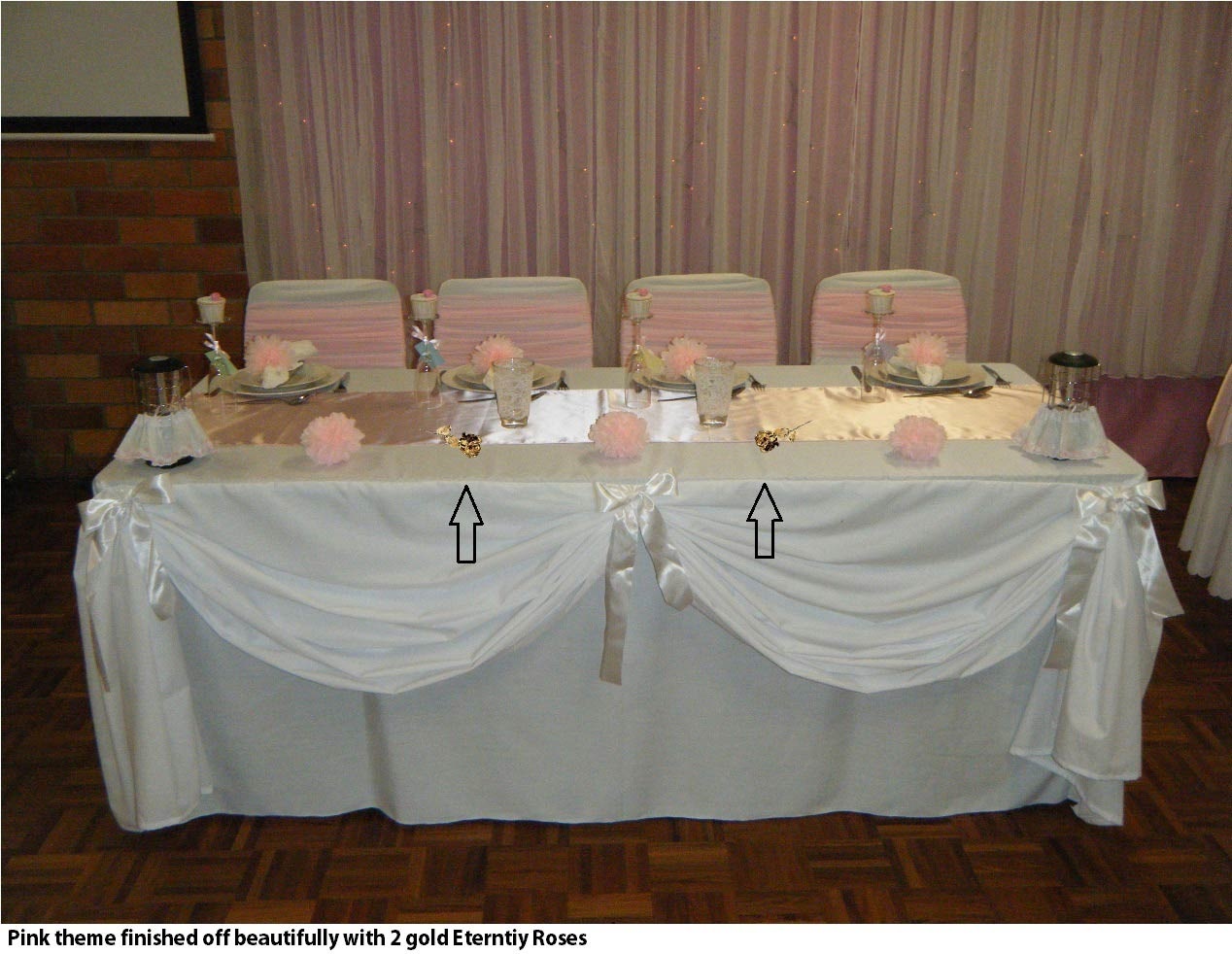
Non-Floral Elements to Complement Flowers
Incorporating non-floral elements into your arrangements can add texture, fragrance, and symbolism.
Herbs and Greenery
Herbs like rosemary (remembrance) and sage (wisdom) can add both meaning and a pleasant aroma. Greenery like eucalyptus (protection) and ferns (sincerity) can fill out arrangements and add a lush, natural feel.
Berries and Fruits
Berries can add a pop of color and texture. Consider hypericum berries for a touch of whimsy or even small fruits like kumquats for a burst of color.
Ribbons and Fabrics
Ribbons and fabrics tied around bouquets or adorning arrangements can add color and texture. These can also incorporate something old, new, borrowed, or blue for a touch of tradition.
Cultural Significance and Family Traditions
And lastly, beyond personal and seasonal considerations, aligning your flower choices with cultural or family traditions can be deeply meaningful. For example, in some cultures, certain flowers are considered auspicious for weddings. Incorporating these can honor your heritage and bring ancestral blessings to your marriage.
- In Indian weddings, marigolds are often used for their vibrant color and representation of the sun, symbolizing a bright future.
- In Japanese ceremonies, sakura or cherry blossoms reflect the transient nature of life, reminding us to cherish each moment.
- In Greek weddings, olive branches and ivy are used for peace, unity, and eternal love.
Or… perhaps there's a flower that has been used in family weddings for generations. Including it in your wedding not only honors your family history but also brings a sense of continuity and connection to your ancestors.
Consult with a Florist
Once you have an idea of the types of flowers you are interested in, consult with a professional florist. They can provide valuable insights into the availability, arrangement styles, and how to best incorporate your chosen flowers into your wedding décor. A florist can also suggest complementary flowers and foliage to enhance the overall look and symbolism of your arrangements.
Conclusion
Choosing wedding blooms with symbolic meaning adds a layer of depth and personalization to your special day. By understanding the language of flowers, color symbolism, considering seasonal availability, and incorporating personal significance, you can create floral arrangements that not only look stunning but also carry a profound meaning. Remember, the right flowers can transform your wedding into an eloquent expression of your love story.








